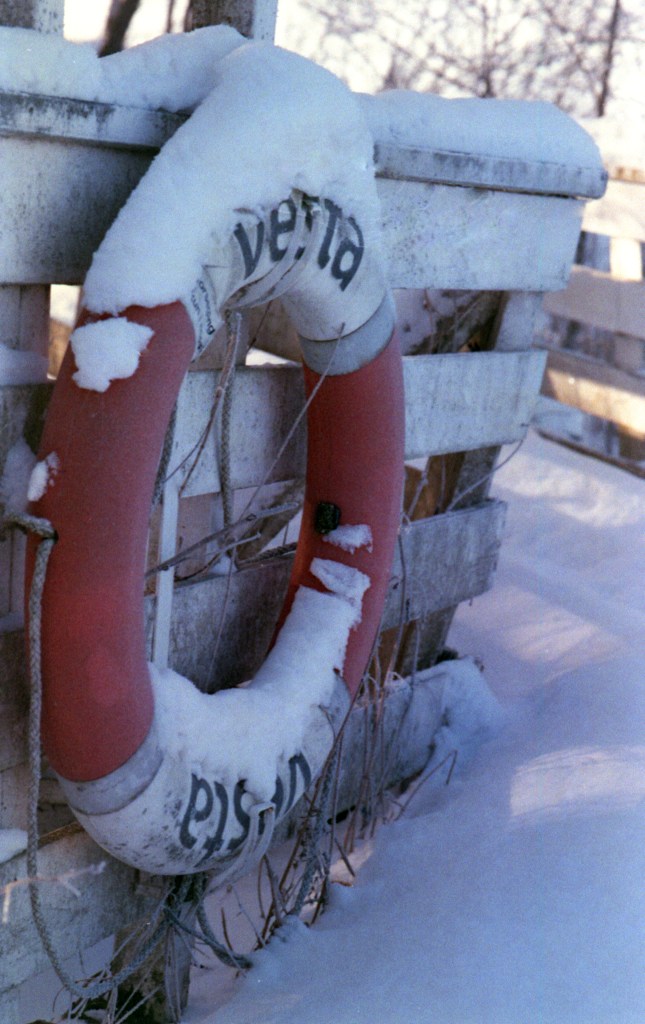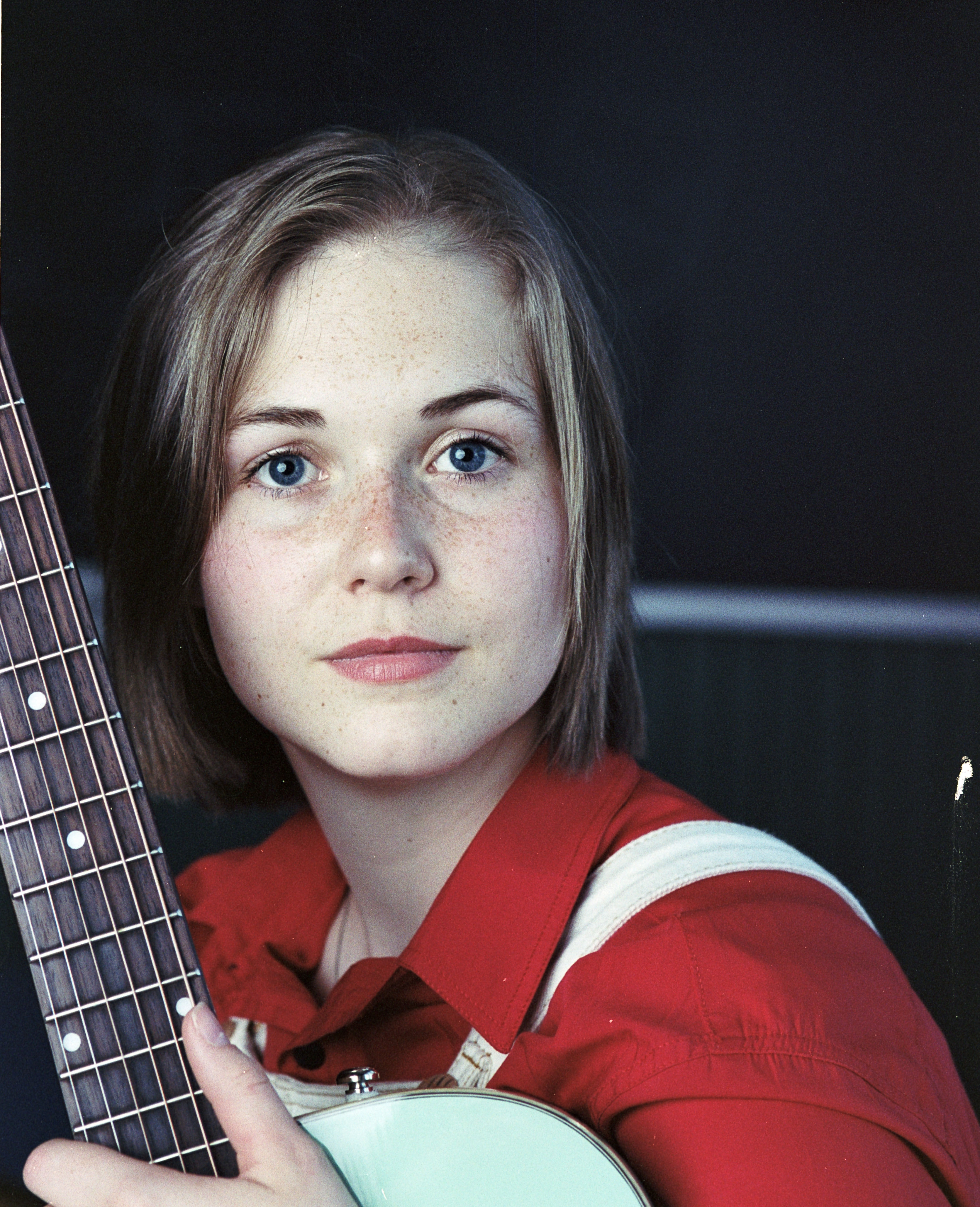Did you know that Mitsubishi, the manufacturer of cars, air conditioning units and heaters also at some point made film? At least, they had a line of film branded with their name on it at some point, and whether it is a rebranded Fujifilm or Konica film, is unknown to me. What I do know, is that the film I got in my hand is «Made in Japan» and has English writing on it. It also states that it was made at «Mitsubishi paper mills».

Since the film was 15 years expired, I decided to shoot it at ISO 160 and use a camera that I trust. I therefore went for my Nikon F80 with a modern 85mm Sigma lens, that is substantially newer than this film was at the time it was exposed in January 2021. I chose to shoot mainly at aperture priority, because of very changing lighting conditions and the fact that I wanted to shoot with gloves in the cold weather.
All in all, I am very pleased with how well the film held up over the years in terms of colour representation. How this film was when it was new is unknown to me, but as it stands today, it gives very nice colours, really capturing the subtle greens and detail in the shadows, really showing the nice day it was when it was taken.

In some images, I saw a weird magenta cast in the images. This was only visible in some of the images, and not consistently over the whole roll. I developed a roll of Kodak Portra 160 in the same tank at the same time as I developed the Mitsubishi, and I could not find any of these colour shifts on this roll, leading me to think there might be unevenness in the emulsion of this film. The images with the colour shifts, were at the end of the roll. Scan settings were identical all over the roll, and should not be impacting the images in any way.
I do like the images and how this film looks 15 years in though, and I have another roll of the same roll in the freezer, that I will meter at ISO 125 to give it a little more exposure. This will be done sometime in the spring, when there is more colour around to play with.








